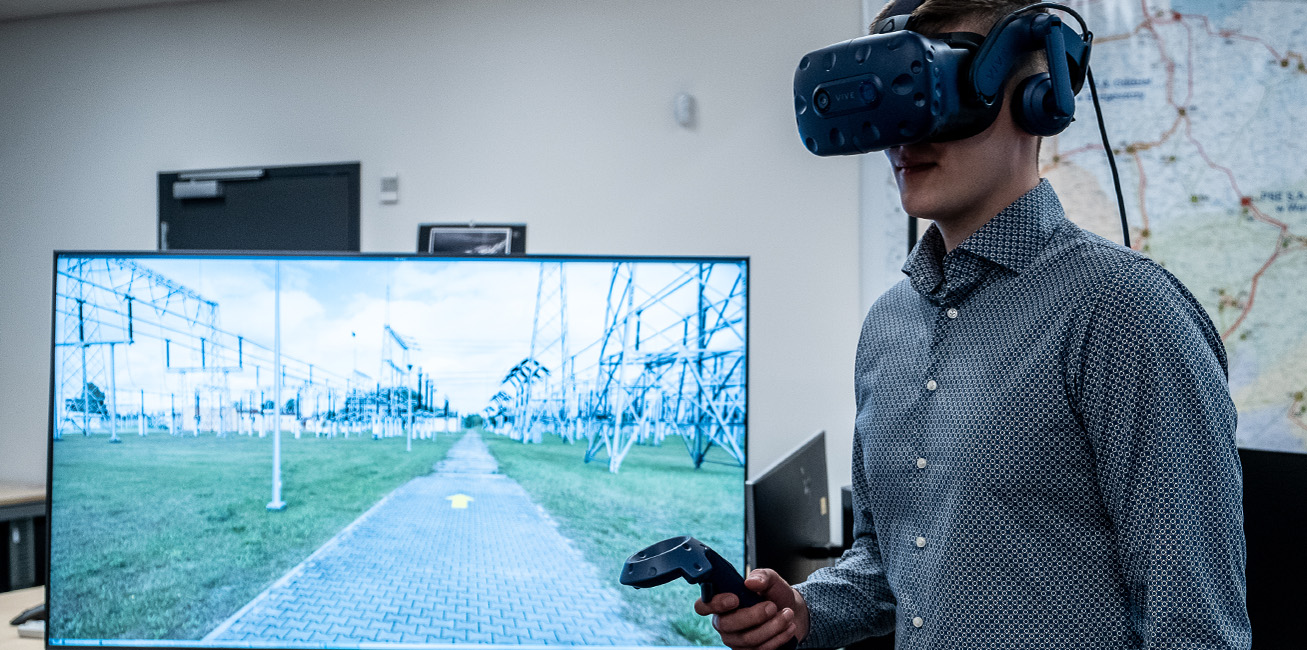The first parameter enabling the assessment of the so-called responsiveness of an organisation, i.e. the willingness to dialogue, is attendance. This year, it is 59 per cent and is 14 per cent higher than in 2020. A total of 1,687 of the 2,864 eligible employees, i.e. those hired before 1 October 2021, participated in the survey.
At the heart of the Pulsometre, is the first research area encompassing 11 aspects that make up ENGAGEMENT-building. The areas of MANAGEMENT QUALITY (with an average of 81 per cent positive responses), SAFETY (83 per cent) and ENGAGEMENT (80 per cent) were rated the highest. Areas with the lowest score were WORK STRUCTURE and ORGANISATION (37 per cent), COMMUNICATION and OPENNESS (47 per cent) and REMUNERATION and RECOGNITION (49 per cent).
The indicator that examines the so-called overall content/satisfaction is an index made up of positive responses to 3 questions:
- PSE is an employer I identify with and I care about the success of my company (90 per cent).
- I do not intend to change employer in the next few years (60 per cent).
- My work gives me a sense of satisfaction, I feel comfortable in my role (my team) (80 per cent).
This year, it is 77 per cent, while last year it was 82 per cent.
In summary, the difficult year of the continuing pandemic and the related general fatigue have also translated into employee sentiment.
The evaluation of the company's behaviour during the pandemic and crisis management was, as in the previous year, very positive. More than 90 per cent of respondents rated the behaviour and actions as 'very good' and 'good'.
In the area of 'Motivation', employee opinions also remain similar to last year's opinions.
Another element surveyed was the creation of positive employee experiences which make up organisational effectiveness – so as to create conditions that complement commitment, i.e. good relations of employees and superiors and a positive working atmosphere.
Over the past 2–3 years, an average of approx. 200–250 people joined our company each year. The scale of recruitment and, as a result of it, the onboarding of new employees are worth, in our view, an examination of how employee onboarding is assessed. Last year, newly recruited employees mostly did not have the opportunity to work onsite, so their remote or hybrid onboarding was more challenging. Approximately 125 people took part in this part of the survey. Of those surveyed, more than 70 per cent rated the onboarding process positively and felt they had been well prepared for the job.


